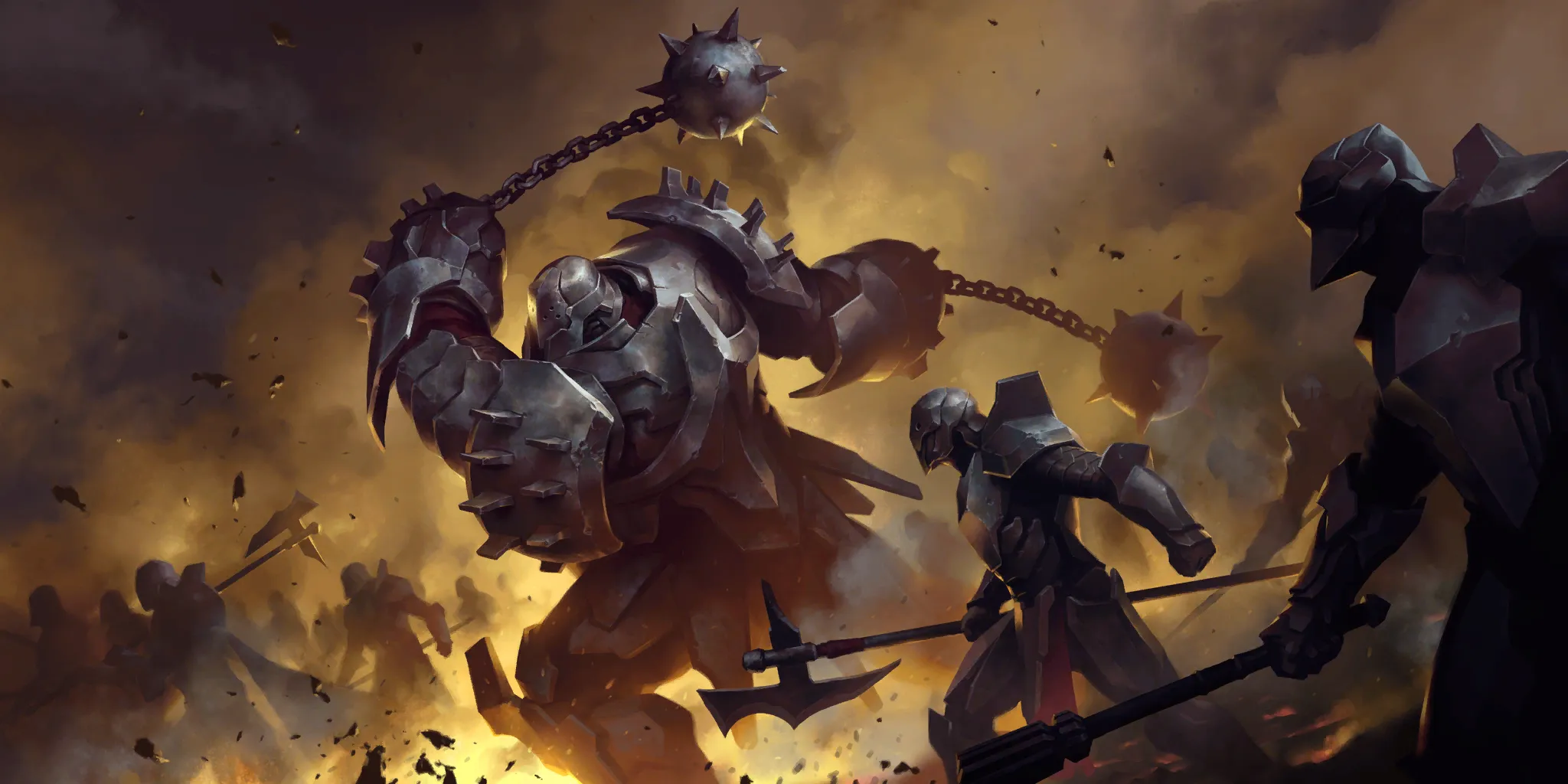Editor's Note: This is a repost from an article Jasensational wrote on 2021 – although the examples are from past decks, the concepts are relevant today. We are reposting the series to let viewers that haven't seen it before be able to read it and because we've updated how we post so the old posts no longer display properly. Hope you enjoy it!
Hey everyone, Jasensational here. This article is part of a six-part series geared towards newer players to teach them about the fundamentals of Legends of Runeterra (and card games in general). Each article is aimed to build on each other and teach you how to think deeper behind your plays and how you pilot the game.
If you missed the fourth article on Passing, I highly advise you to check that out first! In the last article, we started to dive into the fundamentals of Passing, and today we’ll expand on Priorities and how to “gain” extra actions.
Quick Recap
During any given round, players will alternate Priorities to play out cards. Passing gives Priority to your opponent. It forfeits your action and allows your opponent to end the round or give them an action before you get another one. Generally speaking, if both players take their action and develop a unit, both players would have an equally wide board. I am drawing your attention to this topic because there are powerful ways to get around this system that can be crucial to your understanding of the game.
Development and Priorities in LoR
The fundamentals of developing on an attack round go something like this: I develop so that I can go wide, have a better attack, and push more damage – but each time I play a unit, the opponent has an opportunity to take any action to play a unit as well. Generally, the aggressive player can curve out well and go wider than most other decks, but there will be cases where developing and giving the opponent a priority can lead to weaker attacks overall. Let’s observe a few cards.



There are a few unique cards that essentially count as two priorities in one. Cards like House Spider or Marai Warden
or Marai Warden can generate two bodies in one action, allowing the player to suddenly match a boardstate. Similarly, Tri-beam Improbulator
can generate two bodies in one action, allowing the player to suddenly match a boardstate. Similarly, Tri-beam Improbulator or Concussive Palm
or Concussive Palm remove an opposing unit from play and generate a unit to block or attack. Given the Slow-speed nature of these cards, it can sometimes be correct to not give our opponent a Priority during our attack token and instead develop aggressively on defensive turns.
remove an opposing unit from play and generate a unit to block or attack. Given the Slow-speed nature of these cards, it can sometimes be correct to not give our opponent a Priority during our attack token and instead develop aggressively on defensive turns.
However, if we know we can go wider on a given round, or have units with keywords that can simply ignore blockers (such as Elusive or Fearsome), developing will always be a consideration.
If our opponent’s entire round is playing a four-drop or a five-drop, there is no danger of continually giving them priority back since they have no way to take advantage of it.
This is where having a strong understanding of the opponent’s deck’s play patterns can come in handy. If we know what the best play they can make on a given round is, then we can then decide whether giving them a Priority is beneficial or harmful.
Using the Spell/Skill Stack to your Advantage
The spell stack is one of Legends of Runeterra’s unique features. Outside of passing Priorities around by playing units, the spell stack offers another opportunity for players to exchange blows. This can also represent a unique opportunity to gain an extra Priority. What do I mean by this?
Whenever the opponent casts a spell (be it at Fast or Slow speed), plays a card with an ability, or declares an attack, it initiates the spell stack.
Once the stack resolves, we are given Priority, but before the stack resolves, we have the opportunity to add other Fast-speed spells onto the stack in response. During this time, if we are able to use Fast-speed spells to remove opposing units, we can then continue our development straight after and further board advantage. Let’s take a look at a deck that really takes advantage of this.
Example: Noxus Tri-beam

16 cards

24 cards




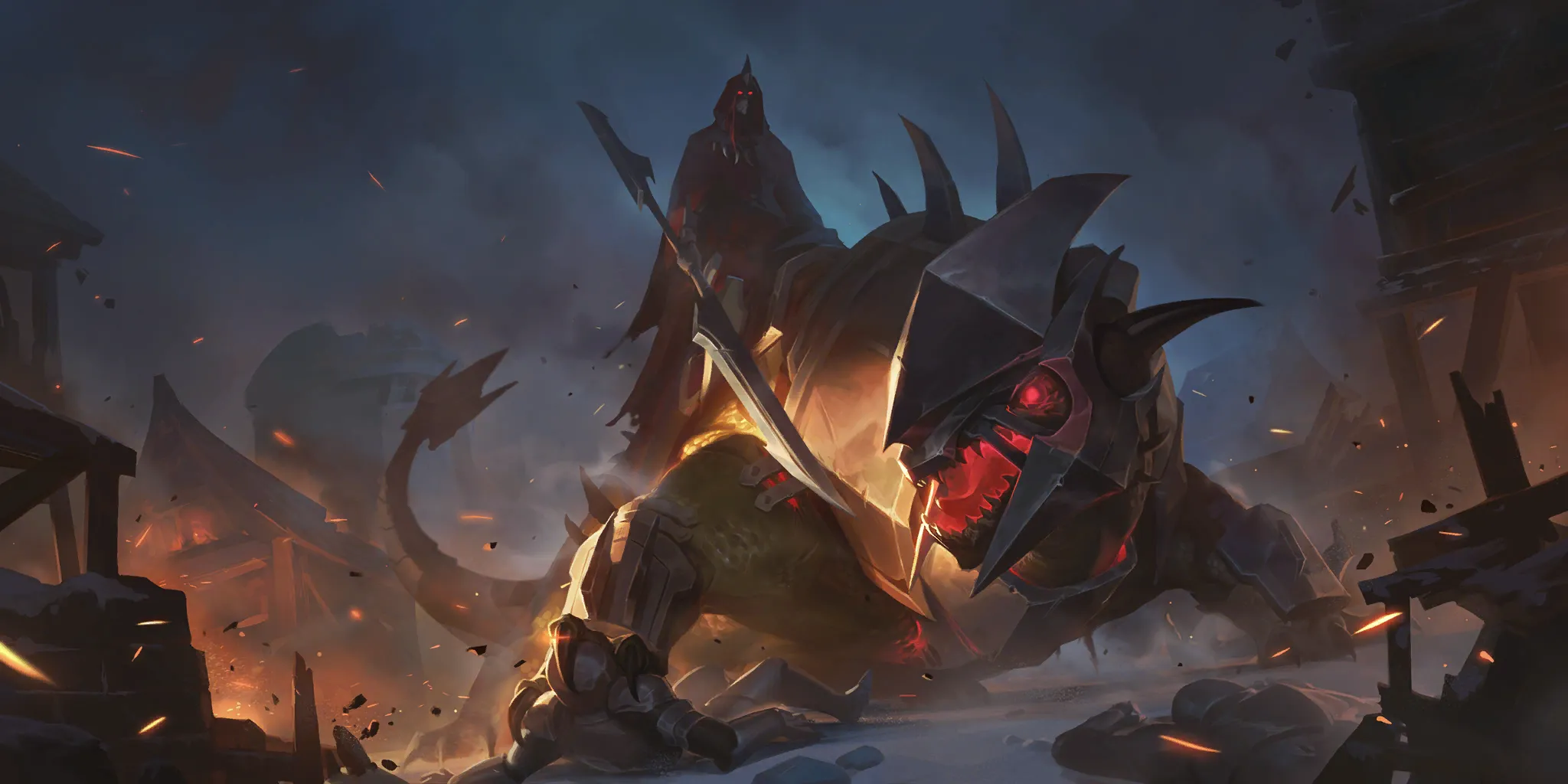

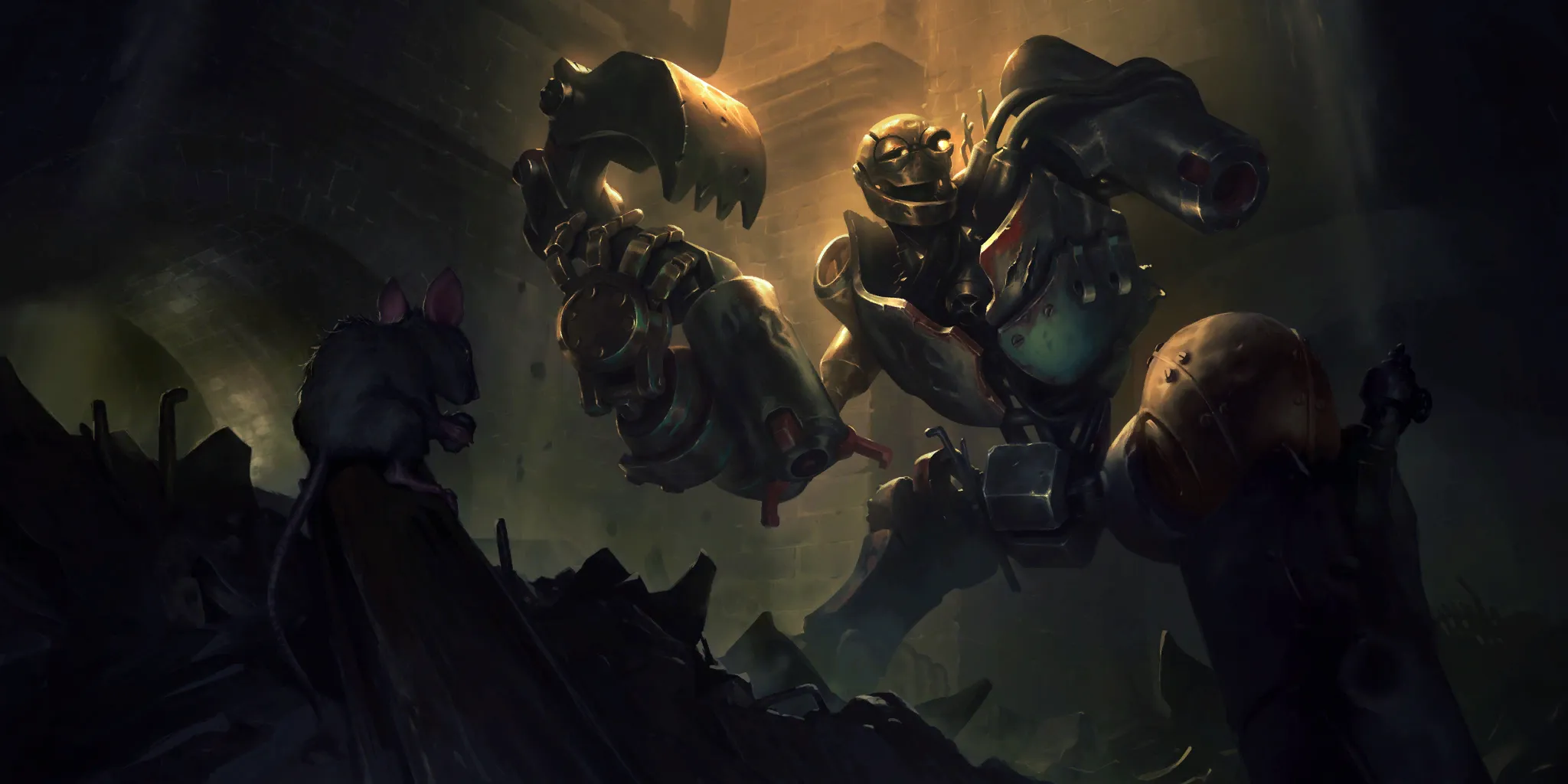
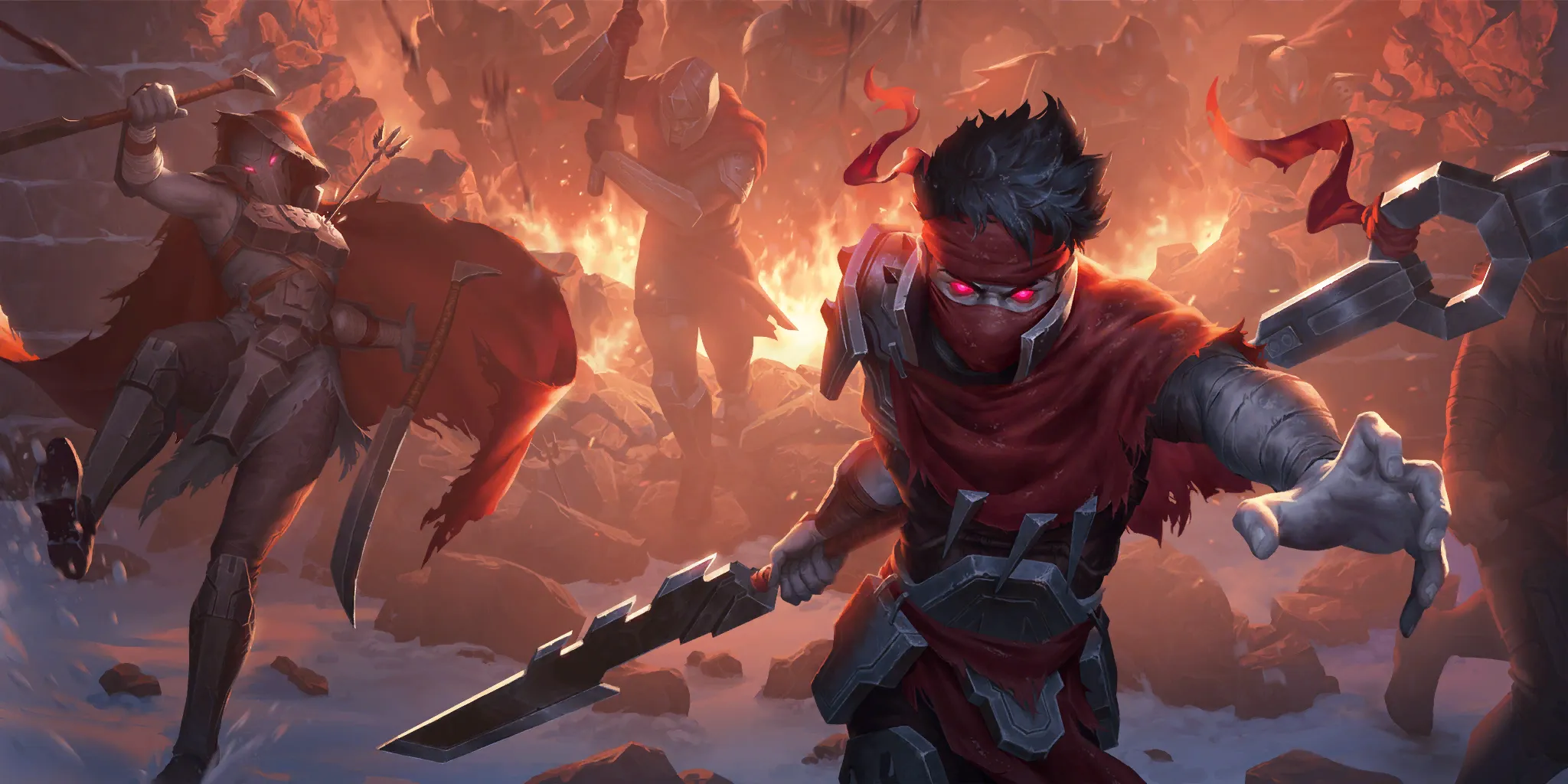
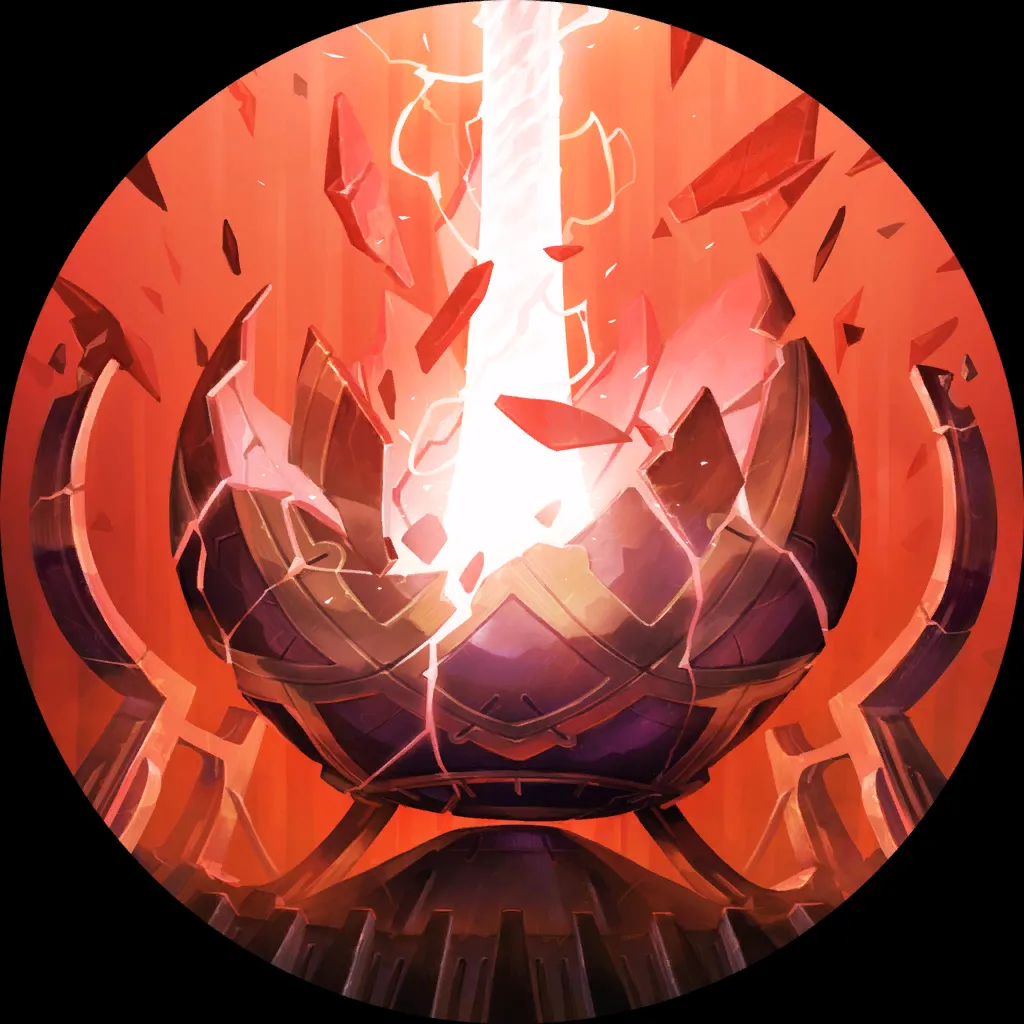



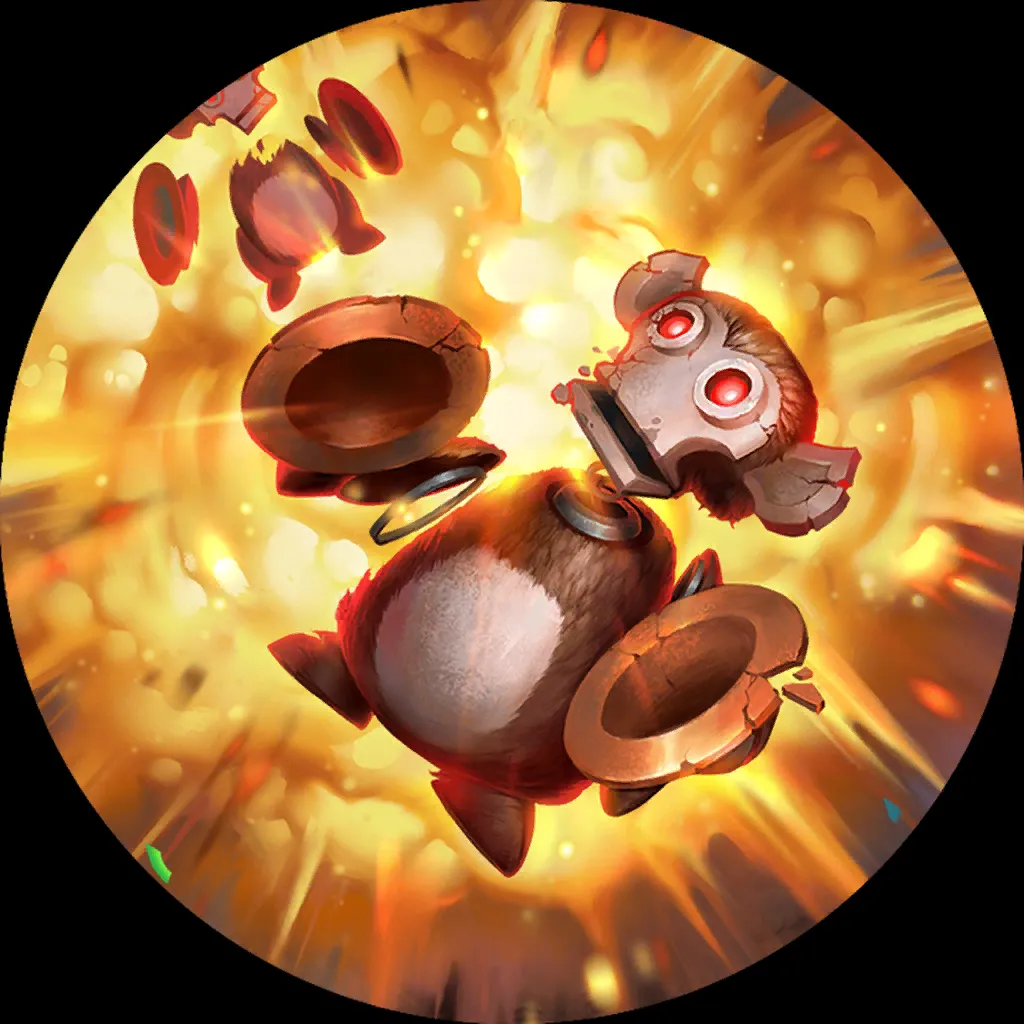




The classic PNZ/Noxus Tribeam deck has some of the best ways to abuse 2-for-1 priority cards and the spell stack, to set up big Tempo swing rounds and push damage. As we can see, we’re already running cards such as Arachnoid Sentry and Tri-beam Improbulator
and Tri-beam Improbulator . The deck is packed to the brim with efficient Fast-speed removal. If our opponent starts their turn with a Slow or Fast speed spell, we can put cards like Ravenous Flock
. The deck is packed to the brim with efficient Fast-speed removal. If our opponent starts their turn with a Slow or Fast speed spell, we can put cards like Ravenous Flock , Mystic Shot
, Mystic Shot , or Get Excited!
, or Get Excited! onto the stack and remove their units. Once the stack resolves, we can further our advantage with Tri-beam Improbulator
onto the stack and remove their units. Once the stack resolves, we can further our advantage with Tri-beam Improbulator to remove another unit while creating one of our own.
to remove another unit while creating one of our own.
Suddenly, we removed three enemy units while creating our own in what was essentially one Priority action. Another classic play pattern of this deck is to use Arachnoid Sentry aggressively to set up strong swings. With 11 mana, we can play Arachnoid Sentry
aggressively to set up strong swings. With 11 mana, we can play Arachnoid Sentry , then another Arachnoid Sentry
, then another Arachnoid Sentry , then Tri-beam Improbulator
, then Tri-beam Improbulator , removing three units from play and creating three units of our own. If our opponent is running a unit-based deck, they can only play three units in the same time frame.
, removing three units from play and creating three units of our own. If our opponent is running a unit-based deck, they can only play three units in the same time frame.



Taking advantage of the stack doesn’t have to be this super tempo-swingy, "I clear your entire board and play a unit afterward" playstyle either. It could simply be playing Vile Feast to kill a 2/1 and summon a Spiderling
to kill a 2/1 and summon a Spiderling as a chump blocker in a single action. The really important takeaway here is to identify moments where we can sneak in fast-speed spells to our advantage. If we simply let the stack resolve, and then cast Vile Feast
as a chump blocker in a single action. The really important takeaway here is to identify moments where we can sneak in fast-speed spells to our advantage. If we simply let the stack resolve, and then cast Vile Feast afterward, it would give our opponent Priority back whereas we could’ve played it on the stack and still retained Priority. Not to mention, our opponent can sneak in their Fast-speed spells when you initiate the stack.
afterward, it would give our opponent Priority back whereas we could’ve played it on the stack and still retained Priority. Not to mention, our opponent can sneak in their Fast-speed spells when you initiate the stack.
Open Attacking and the Attack Token
Last article we talked about Soft Passing as a way to gain small advantages and tempt your opponent into making plays. Today, let’s cover Open Attacking and its effectiveness as an easy way to pass Priority to your opponent.
Open Attacking means using your attack token as the first action of your attack round. Instead of developing a unit or playing a spell, we can swing with our units and let our opponent respond. When doing so, there are two potential scenarios we are aiming for.
One, our board demands an answer, so we don’t want to be overdeveloping into potential removal – therefore, we attack and force our opponent to commit mana and resources, or take a lot of damage. If our opponent manages to deal with the attack but spends the majority of their mana, we can then safely develop a key unit that can’t be answered right away such as Curious Shellfolk or The Leviathan
or The Leviathan . By open attacking, we can stick valuable units for potentially a round longer than otherwise possible, and allow us to gain value from our cards.
. By open attacking, we can stick valuable units for potentially a round longer than otherwise possible, and allow us to gain value from our cards.
Two, our opponent lets the attack through, and then it’s on them to act first or pass back to us. If we’re the slower deck and our opponent is the beatdown deck (check out Mastering LoR #2, on Win Conditions), our opponent is likely to develop and at least we got our attack through for a little bit of chip damage.
That being said, there will be scenarios where open attacking just to pass initiative can be incorrect. If we’re the beatdown deck, we want to avoid a scenario where the opponent doesn’t feel threatened by the attack. As mentioned in the Development and Priorities portion of this article, we want to develop as much as we can while not playing into either Slow-speed answers or equal development from our opponent. Ideally, we open an attack because our board is too threatening and demands answers, not because our opponent can punish us for developing.


A second situation is utilizing the threat of the attack token with Challenger units in play. By not using our attack token right away, we represent the threat of being able to pick off key units our opponents want to play.
Imagine it's round five, we have the attack token against Darkness, and we drop a Screeching Dragon before attacking. If our opponent develops something else and taps below the four mana needed to play Veigar
before attacking. If our opponent develops something else and taps below the four mana needed to play Veigar , we’re then free to take our attack knowing their threat can’t be played this round. If they pass back without playing anything, we can end the round and our opponent burns mana while we extend our Tempo lead. Depending on the deck you are playing, there are different strategies to utilize developments, passes, and attacks to the fullest.
, we’re then free to take our attack knowing their threat can’t be played this round. If they pass back without playing anything, we can end the round and our opponent burns mana while we extend our Tempo lead. Depending on the deck you are playing, there are different strategies to utilize developments, passes, and attacks to the fullest.
Wrapping Up
If Passing is the act of being reactive, then Priority is the act of being proactive. Passing and Priorities go hand in hand, being two sides of the same coin. It can be important to identify the correct moments to be reactive and when you need to be proactive. This can be in more ways than simply playing down units, including using the stack to your advantage - in the next and last article, we'll cover the concept of Unspent Mana.
I know this was a super conceptual topic compared to some of the previous, so please reach out if you have any questions! You can find me here:
Discord: Jasinsane #0246
Twitter: https://twitter.com/Jasensational
Twitch: https://twitch.tv/ja3en3ational


